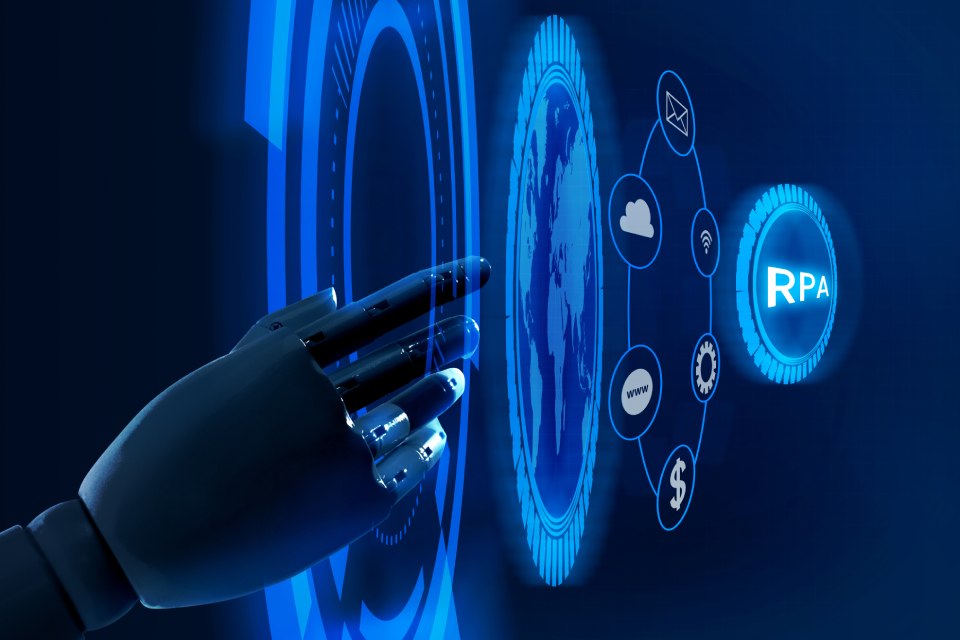Customer Relationship Management With “Teamleader”
Knowing Your Customers Is No Longer Wishful Thinking
Customer satisfaction and care go hand in hand. As a satisfied customer, you know that you can contact a company or a service provider with your needs and wishes and that they will be able to help you further. If a company, in turn, values its customers, winning their loyalty and retaining them, it remembers each and every one of them – their contact details, their history and their requirements – and knows how to help and advise them to stand. That’s the company’s promise. Sounds like a hell of a lot of effort? But it is not.
Customer relationship management (CRM ) is a process that enables companies not to leave relationships with customers to chance, but to build them up systematically and actively shape them. CRM systems make it easier to acquire new customers and to retain existing customers over the long term. In this way, they contribute to the success of a company. A high level of customer loyalty is desirable because it is much more expensive to constantly acquire new buyers than to persuade regular customers to buy products or use services again.
However, this presupposes that a company still knows the relationship it has with its customers years later. CRM software supports the company’s employees in collecting customer contact data and storing and managing it in a central location. Having to jot down information on a piece of paper during a phone call is a thing of the past! All employees can access this central storage location in real time, which significantly improves the company’s service level: a customer does not have to explain who he is and what he wants every time he is in contact with the company. The company knows. From the consumer’s point of view, a well-functioning CRM leads to better, more personal support.
How Does Customer Relationship Management Work?
All online business models and processes require a CRM system. With this you can identify valuable customers and bind them to you more easily. Networking the flow of information between departments and making customer information available more quickly. Typical functions of a CRM tool are, for example, the maintenance of master data, such as the name and address of a contact. In addition, the storage of his contact history in the form of e-mails or telephone notes and the customer selection using appropriate criteria. Tasks and appointments can be managed and entered in the calendar. CRM is designed to be user-friendly, increase a company’s sales and save costs. With CRM software, a distinction is made between operational, collaborative and analytical systems.
Operational CRM
forms the basis for everyday customer communication in the areas of sales, marketing and support. Histories are maintained, address data is kept up to date and customers are addressed at the right time with the right topic.
Collaborative CRM
Describes the collaboration of CRM users in a company. Since everyone can access, call up and edit the same data, each employee can also look after individual customers individually. In addition, users can work together on existing data sets or projects and notify each other – no matter where they are. Communication within the CRM tool increases transparency for all members of a team.
Analytical CRM
Is the attempt to use a CRM system to increasingly control sales and marketing using key figures. The need for analytics in the company increases with the size of the company and the number of customers. Contacts are managed more as numbers than as specific people and evaluated statistically, the more of them a company has.
Each of these systems has a different focus. Which one you choose also depends on the size of the company. In small to medium-sized companies, customer relationship management is primarily operational and collaborative, because it is intended to support employees in their daily work and promote communication in the team.
CRM tools are essentially used in three different technical ways: Either locally on your own PC, on a server in the company or as a cloud solution (“Software-as-a-Service”, SaaS). In the last model, the CRM provider operates the software on its own servers and offers access to its software data via the Internet.
Also Read: 5G Mobile Communications – What Is Now Improving?





